
Inspired by the aquatic life of a shellfish, here’s how Hans Wilsdorf’s revolutionary Oyster case became the ultimate blueprint for tool watches
When Mr Hans Wilsdorf founded his watchmaking company in 1905, I don’t imagine that he believed that he was laying the foundations for arguably one of the most significant and enduring brands in history. Rolex is more than simply a watch company, it’s a pan-global luxury marque without peer. He also founded Tudor, which he envisaged as a more utilitarian cousin to the ‘coroneted’ head of the family, with all the quality of Rolex but at a more pocket-friendly price point. Central to the success of both has been Wilsdorf’s finest invention, the Oyster case.
The shellfish that lives aquatic life inspired a system that would hermetically seal the movement inside the case of Oyster watches. This was achieved by two main principles – screws and seals. Wilsdorf developed a winding and setting crown that screwed down against the side of the case, making the traditionally vulnerable stem hole impervious to moisture. The same principle was applied to the caseback, which screwed down to the mid-case and was additionally sealed with a rubber gasket. The crystal was sealed too – in the early years via a pressure-fit system and later via a crystal-retaining ring. These systems have continued to make modern Rolex and Tudor watches waterproof today and, I’m sure, for many years into the future.
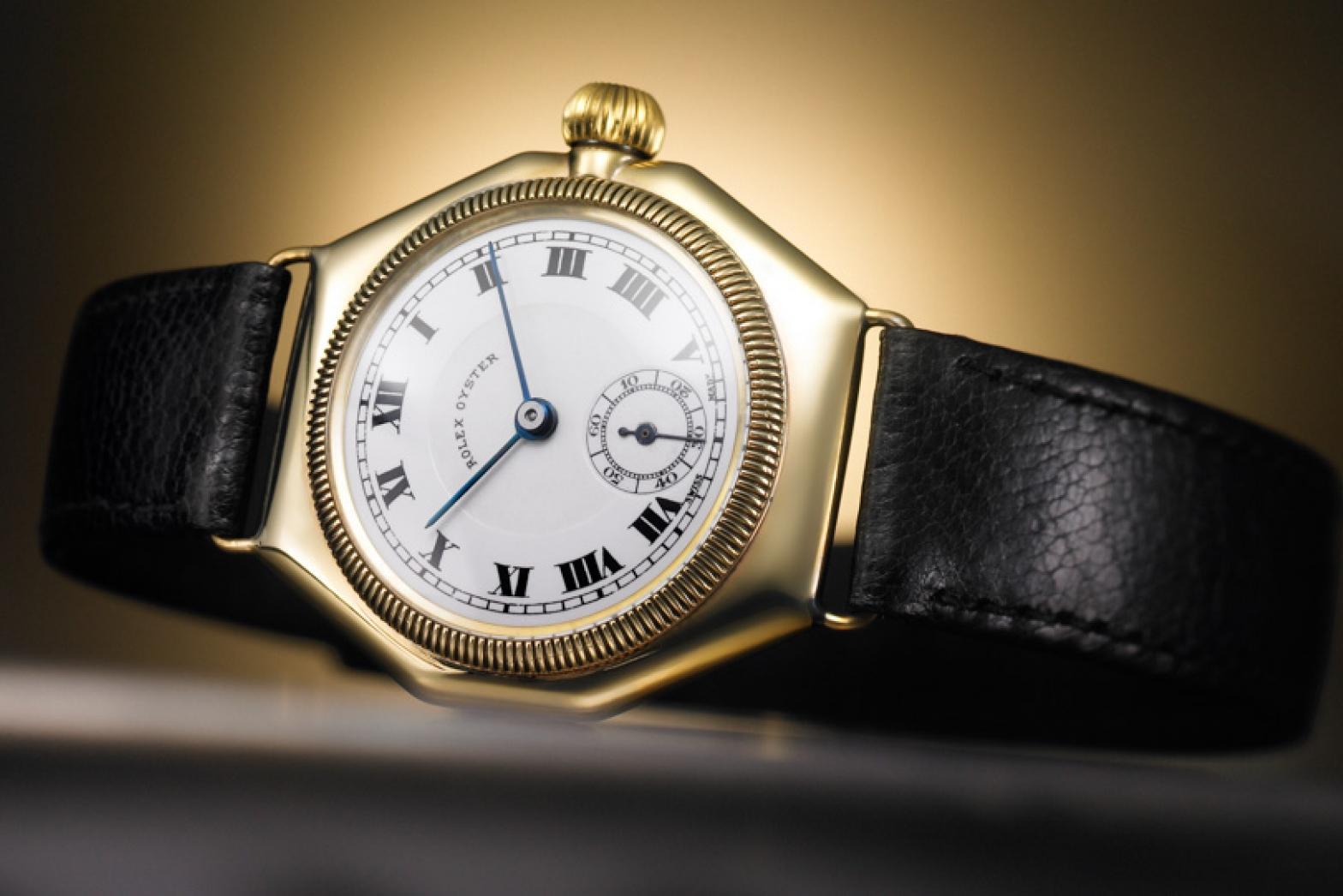
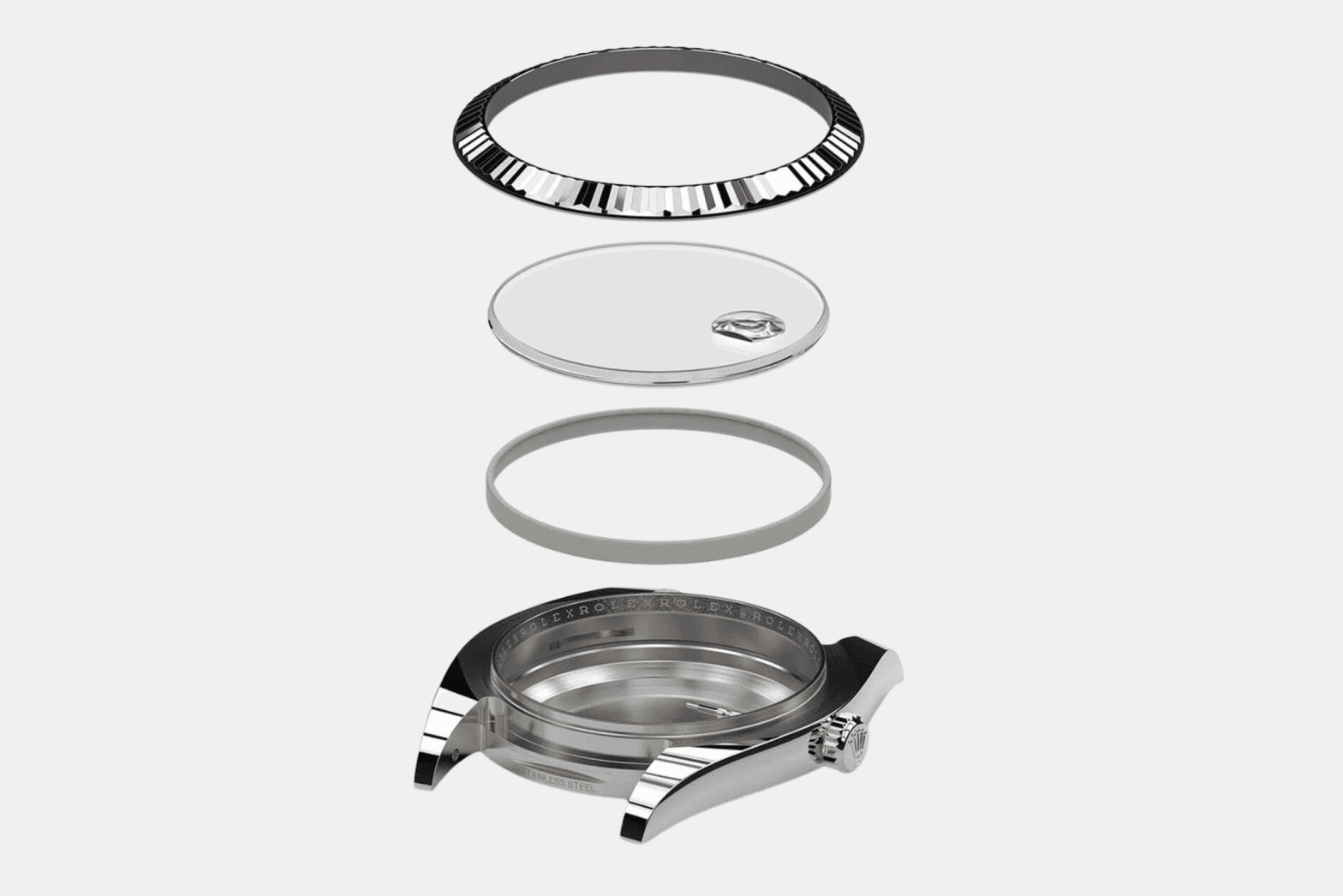
The first Oysters began to appear in 1926 as manual-wind watches. In 1931, Rolex patented the first self-winding mechanical movement and so the Oyster Perpetual was born. Tudor Oyster watches started to appear in 1946 and in 1952 the ‘Oyster Prince’ was introduced. Prince was Tudor’s equivalent of Rolex’s ‘Perpetual’ and signified that the watch was automatic. The Oyster Perpetual line has always been a fun and interesting focus for collectors as the watches have been made with seemingly endless dial variations over the decades. The 2020 launch of the Stella-esque lacquer dials in a range of breath-taking hues is testament to how collectible and in demand these watches still are.
Such a robust and reliable watch design became the ultimate blueprint for tool watches. By tool watches, I mean timepieces that were tools of the trade for professionals in the field and adventurers exploring new frontiers. Hans Wilsdorf pioneered the concept of ambassadors through what he termed Testimonees; people who took the watches to the extremities of human endeavour. The earliest example is Mercedes Gleitz, who in 1927 swam the English Channel wearing a Rolex Oyster. During the following three decades, adventurers exploring Mount Everest and Greenland, racing drivers and the military were given Rolex and Tudor Oysters to test in the field and provide invaluable research and development feedback for Wilsdorf and his team.
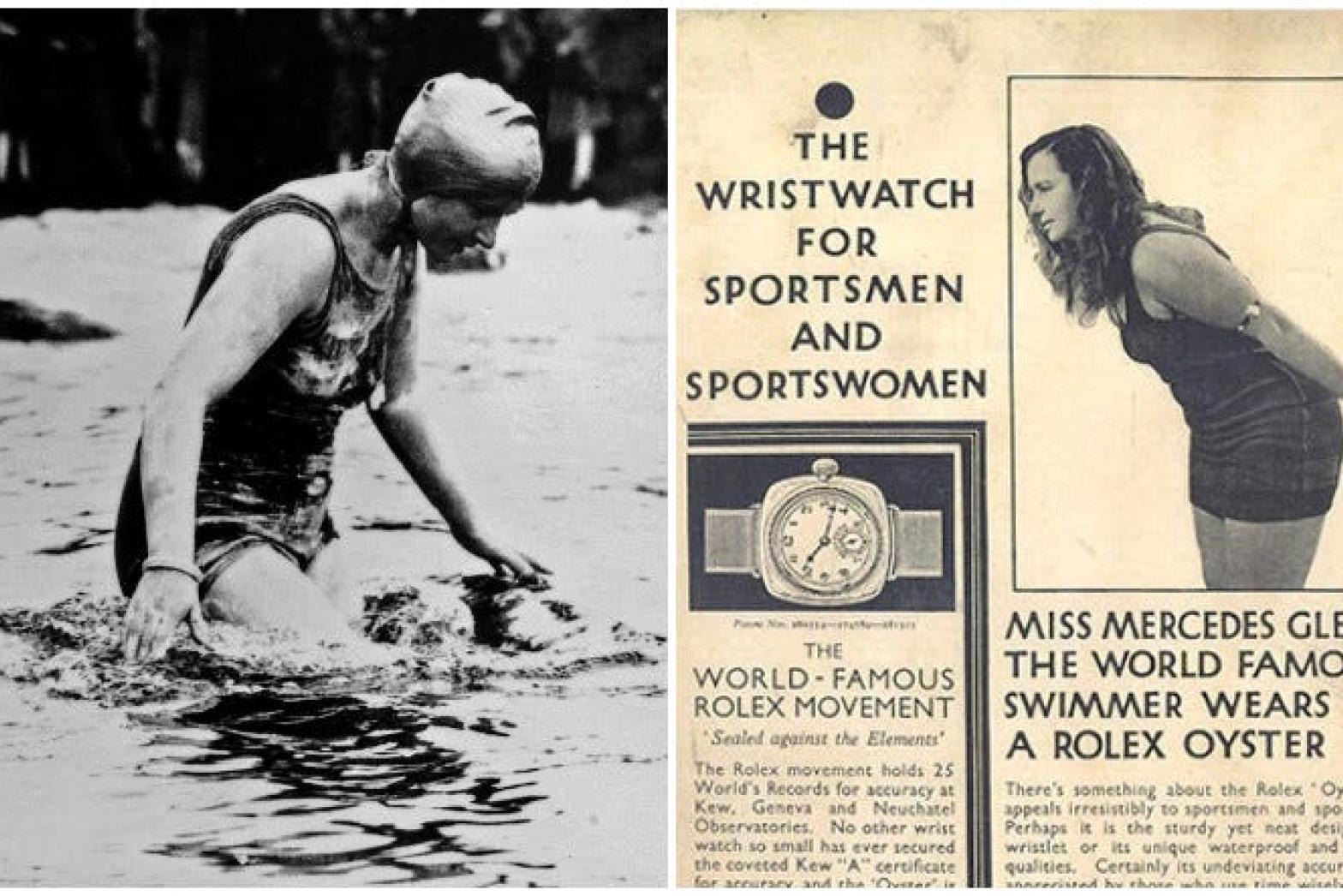
The most logical development of a waterproof watch is to use it for diving. Long before the advent of wrist-mounted dive computers, divers needed a reliable timing device that would allow them to measure elapsed time. More than simply being convenient, this was a matter of life or death and the demand for such watches, alongside the rise in popularity of recreational diving in the 1950s and 60s, increased dramatically. This gave birth to the dive watch and Rolex was there at the cutting edge the whole time. The birth of the Submariner took place in 1953 with a watch that was waterproof to an astonishing 100 metres. The base of the Submariner was a beefed-up Oyster case that was fitted with a rotating bezel that allowed the wearer to measure elapsed time. A highly-legible dial and hands were essential and so Rolex utilised the so-called Mercedes-pattern hands. These hands had been occasionally used on Oysters since the 30s, but now became synonymous with the Submariner.
The Submariner continued to be field tested by professionals and underwent a number of changes including, in 1954, the depth-rating being doubled to 200-metres and the introduction of protective crown guards on the case in 1959. Commercial diving developed quickly and by the 1960s deep sea divers were working for long periods in pressurised environments breathing Heliox, a mixture of oxygen and helium. During decompression, the tiny helium molecules that had entered the watches would build up and need to escape the watch. This caused the watch crystals to explode off the Submariner, which led to the development of Helium Escape Valve and the eventual launch of the most robust Oyster case to date, the Seadweller.
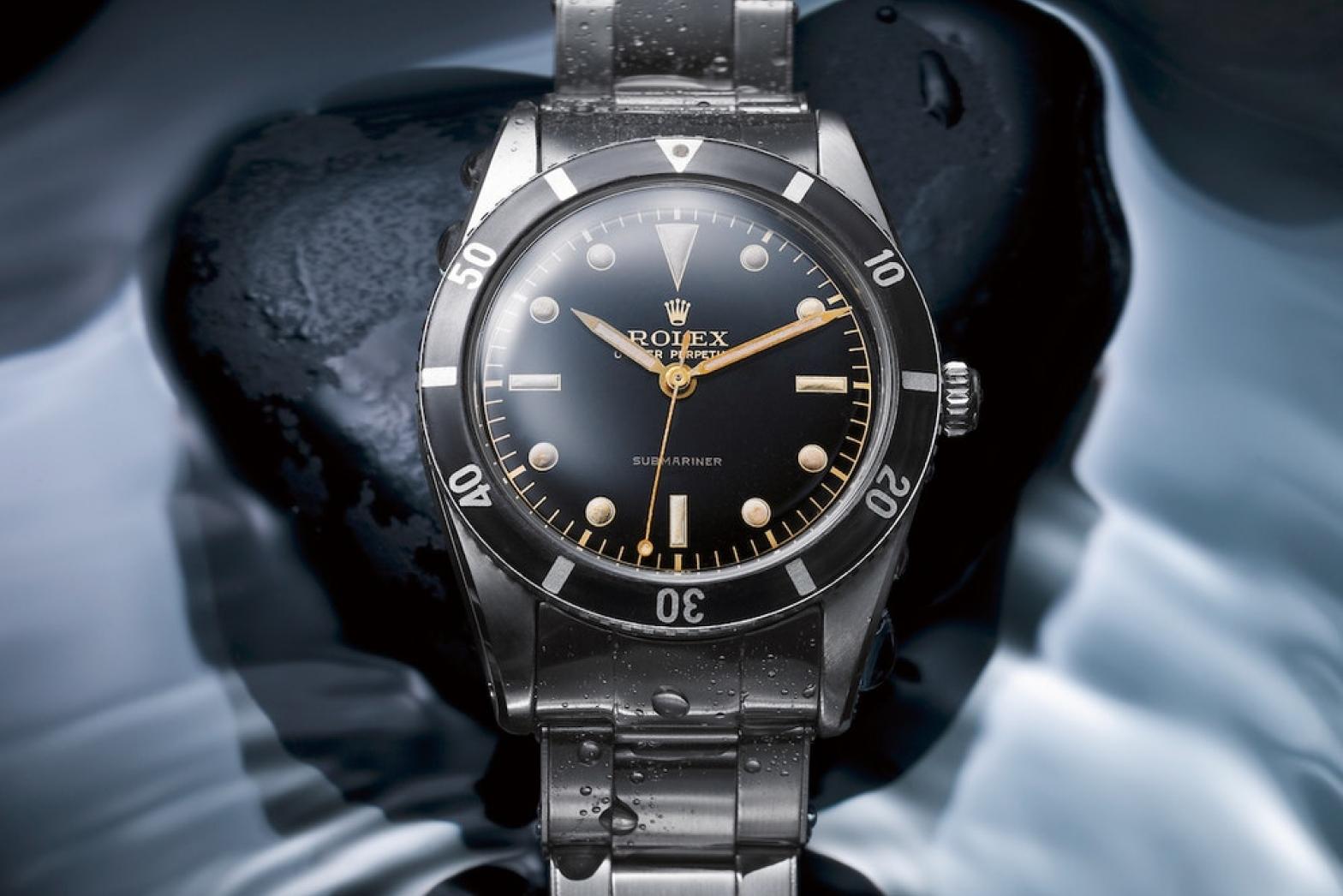
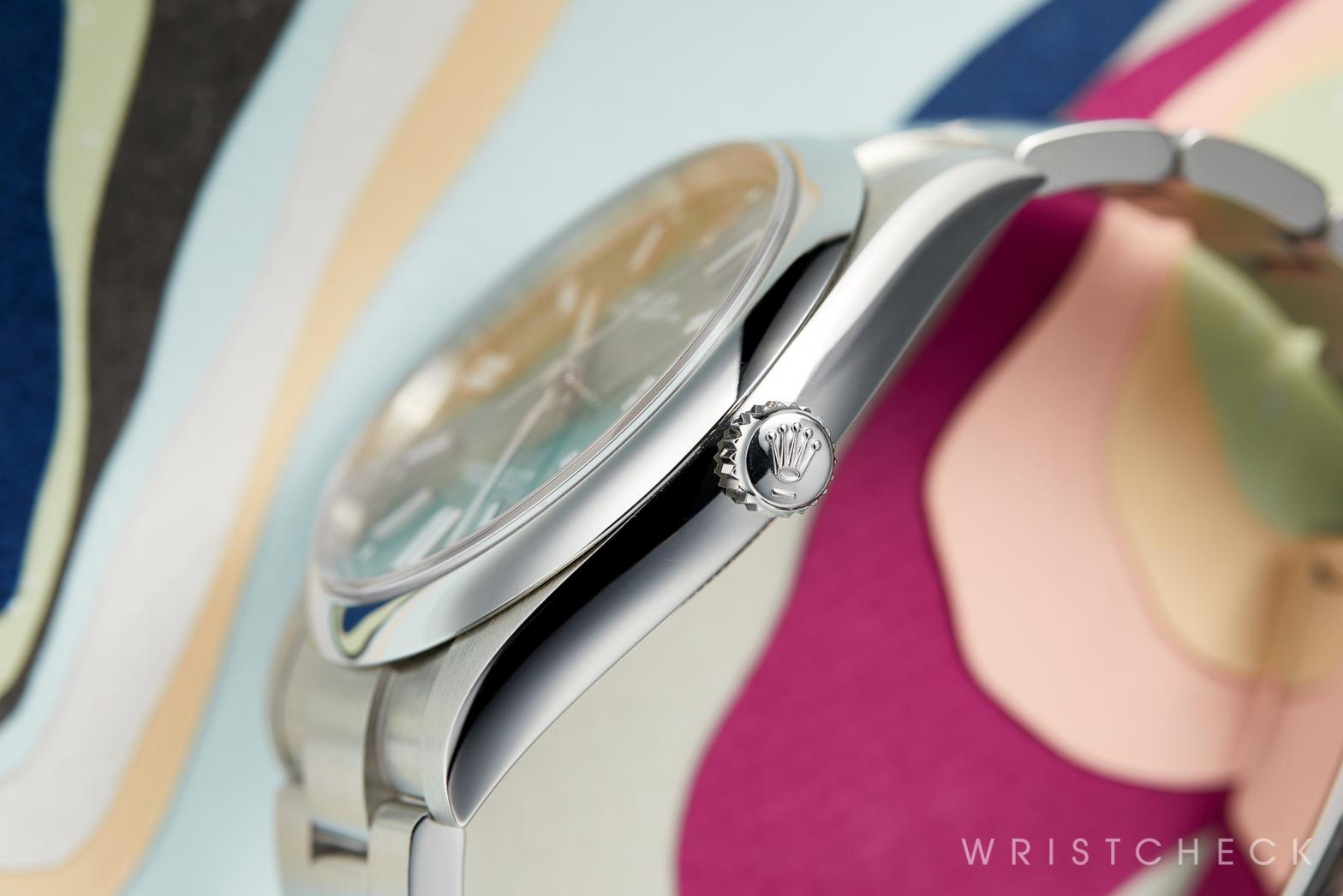
It wasn’t just dive watches that the Oyster case was used for though. Other sports watches also were Oyster-cased such as the Explorers, GMT-Master, Milgauss and the mighty Daytona. Away from sports watches, the Oyster was also a key ingredient in dressier watches. In 1945 The Oyster Datejust was launched with the date change that occurs ‘just’ as the watch ticks over midnight. This doesn’t sound very impressive, but in the mid-1940s it was a technical marvel. Over its seven decades of production, the Oyster Perpetual Datejust has been made in countless variations and styles. The proportions of its classic 36mm Oyster case has been interpreted in a number of sizes and can now even be bought in a larger size than the Submariner, the Datejust 41, in mid-size with the Datejust 31 and Lady Datejust at 26mm. And the common theme in them all? The timelessly elegant Oyster!

